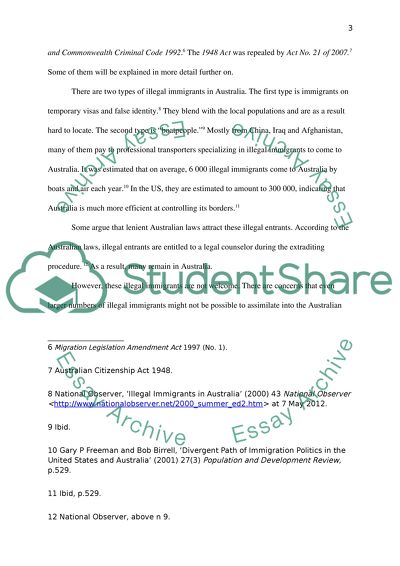Cite this document
(“No Illegals, No Trouble: Immigration and Australian Law Essay”, n.d.)
Retrieved from https://studentshare.org/law/1450816-immigration-and-australian-law
Retrieved from https://studentshare.org/law/1450816-immigration-and-australian-law
(No Illegals, No Trouble: Immigration and Australian Law Essay)
https://studentshare.org/law/1450816-immigration-and-australian-law.
https://studentshare.org/law/1450816-immigration-and-australian-law.
“No Illegals, No Trouble: Immigration and Australian Law Essay”, n.d. https://studentshare.org/law/1450816-immigration-and-australian-law.


